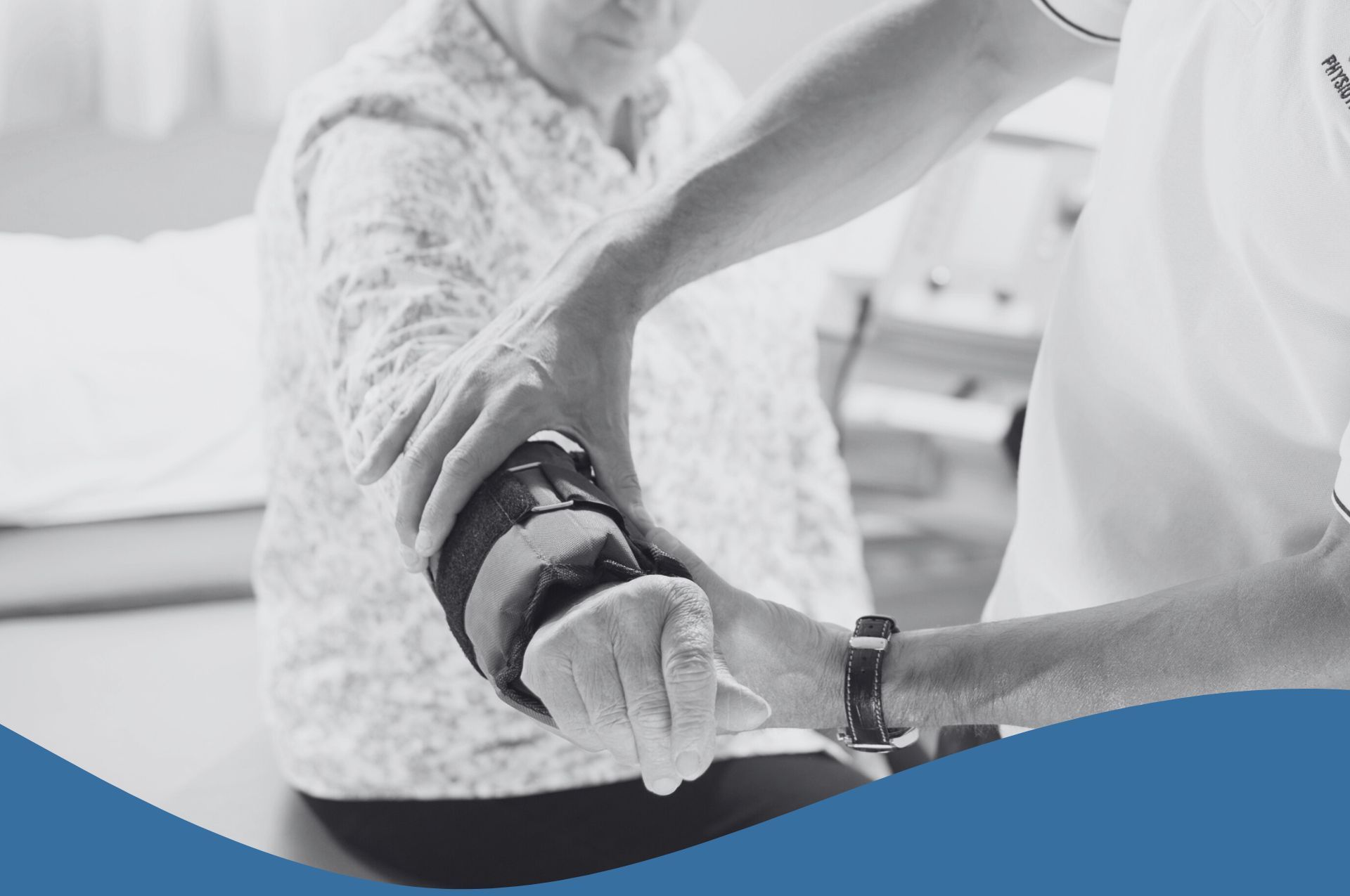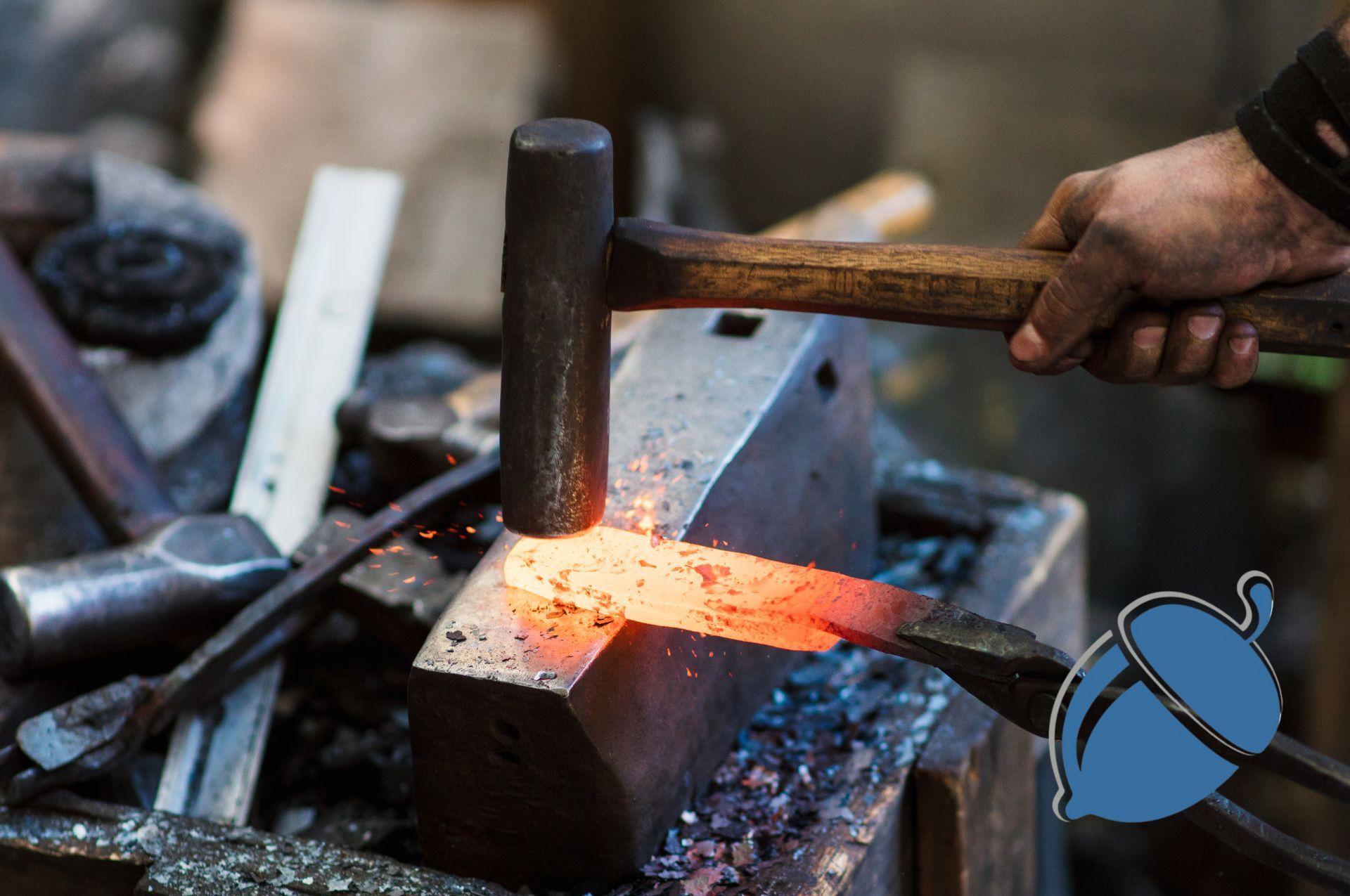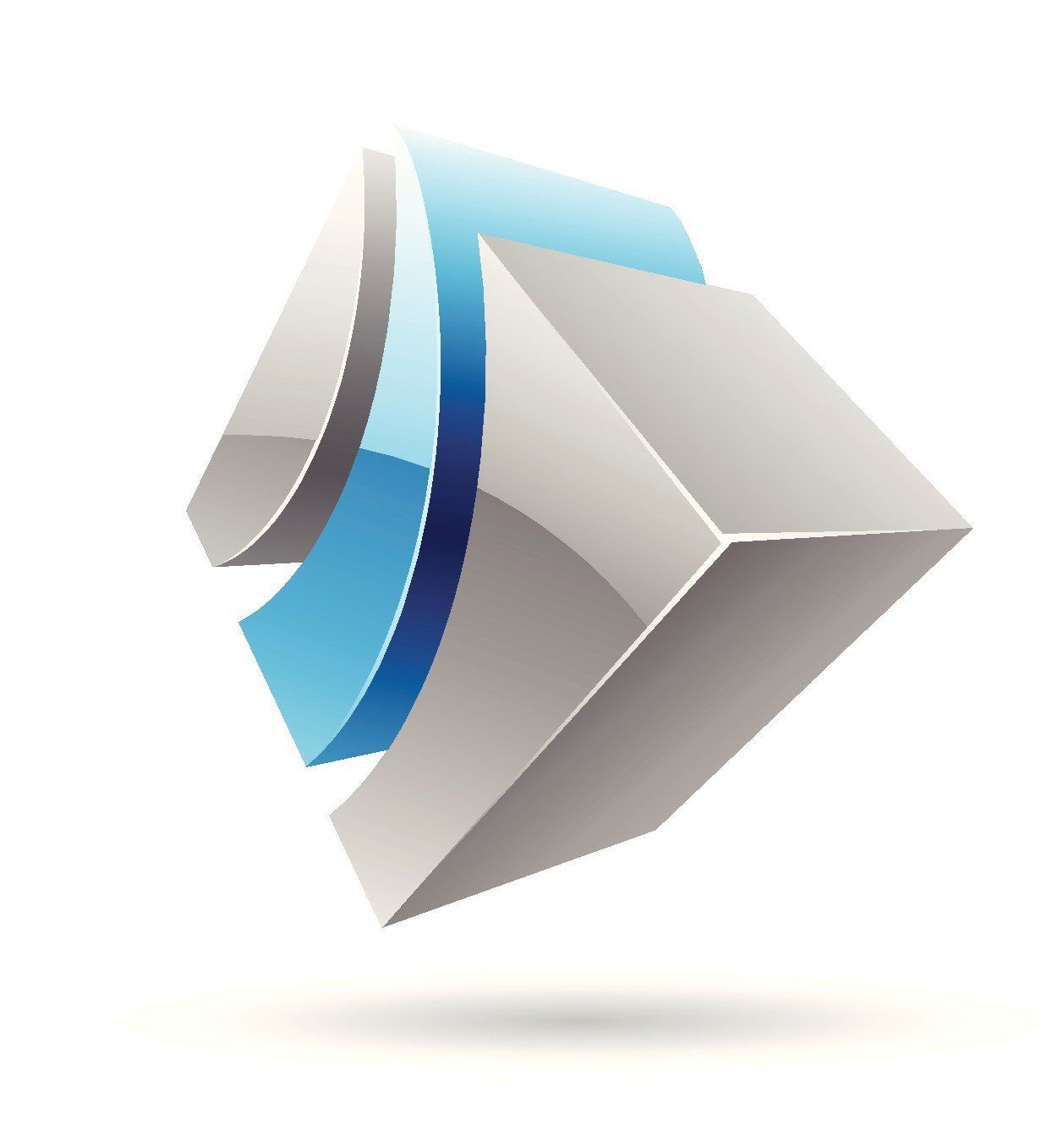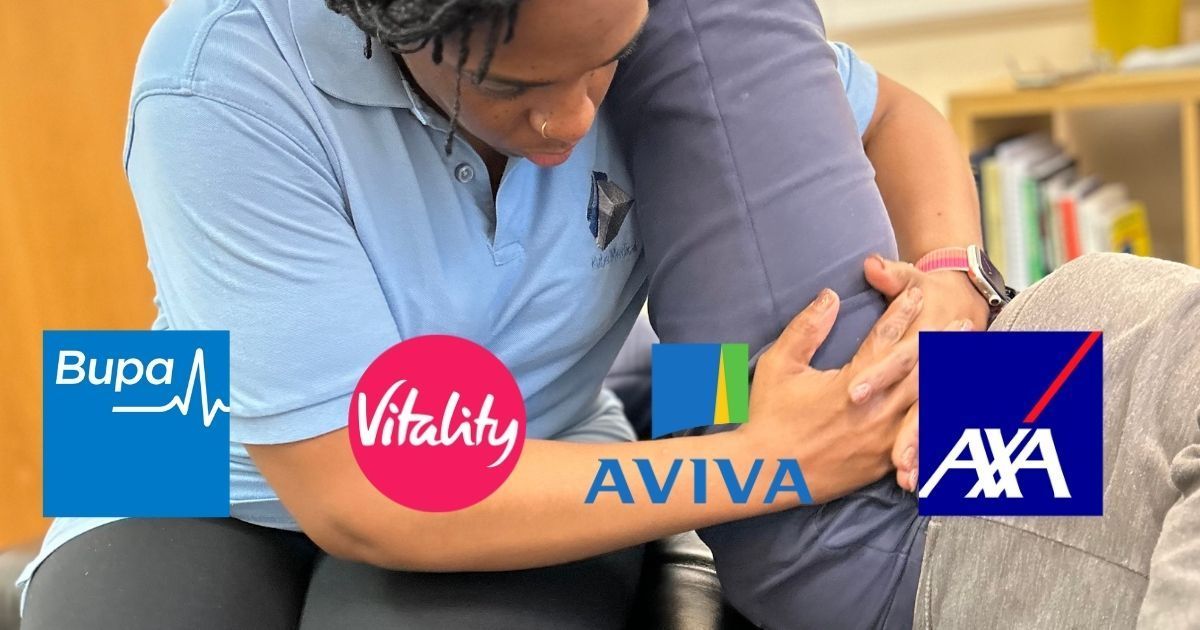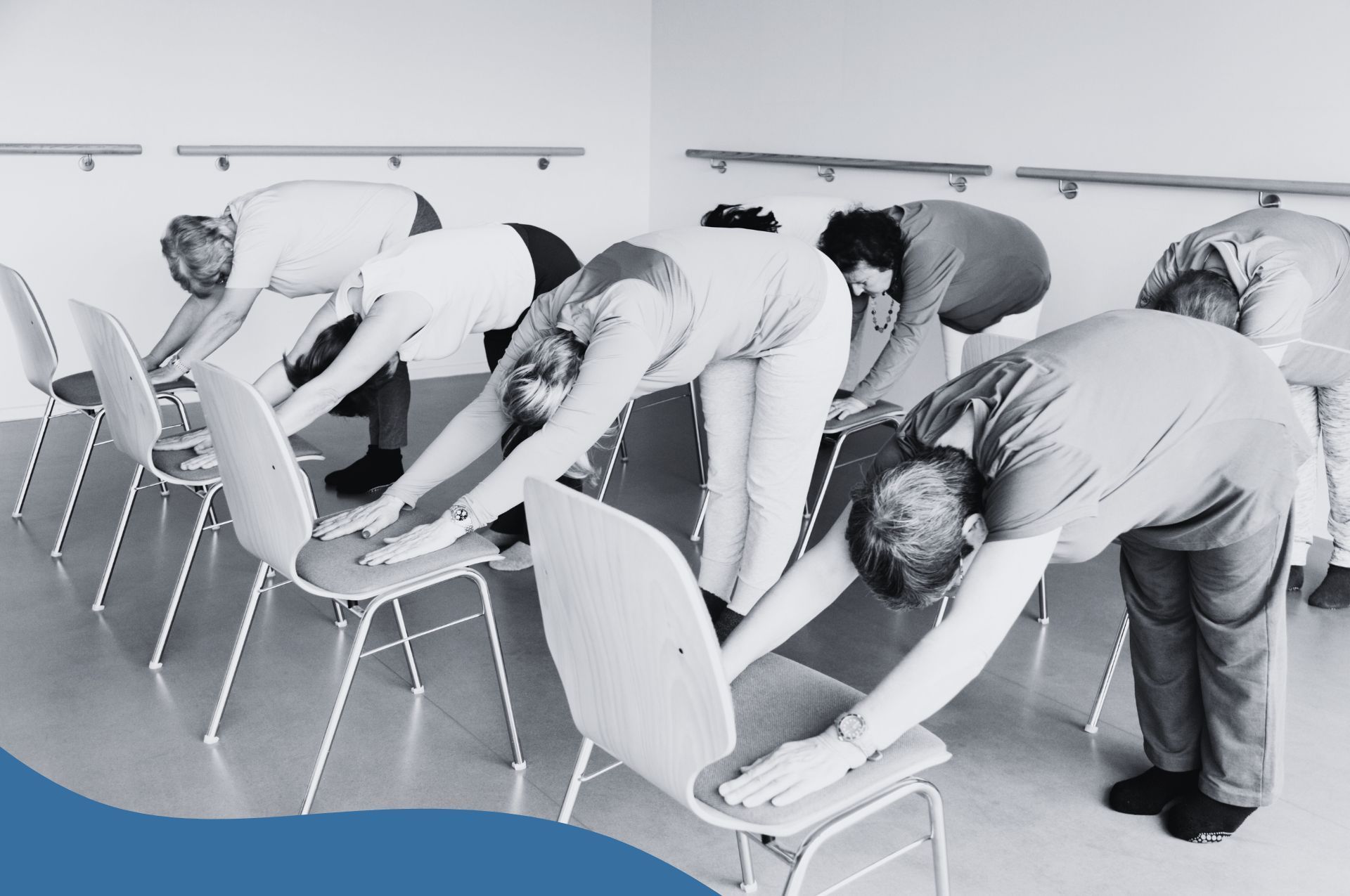Can Shockwave Therapy Improve Cellulite?
When it comes to physical appearances, one of the most problematic conditions to remedy is cellulite. Sometimes referred to as orange peel, this cosmetic condition is characterised by fat deposits beneath the skin that appear as lumpy or dimpled flesh. It typically presents around the thighs, buttocks, hips, abdomen and arms.
While the appearance of cellulite can be disfiguring, it is not painful or otherwise harmful to human health. It can however affect body confidence, hence the reason many people seek treatment for the condition. It does occur in both men and women.
Causes and Risk Factors for Cellulite
Cellulite is a very common condition that can afflict as much as 90% of women and 10% of men. There is no known direct cause for the condition, however certain risk factors can influence the likelihood of developing it. Some of these risk factors include gender, genetics, hormonal changes, weight, muscle tone, and age.
Cellulite is more visible the older you are. As we age, our skin becomes thinner and less elastic, making it easier for these fat deposits to become more easily visible to the naked eye. Weight gain can also stretch skin thinner, again making the appearance of cellulite clearer.
The severity of cellulite is categorised in 3 grades, besides grade 0 that denotes cases where there is no cellulite. These include:
- Grade 1: Dimpling when pressure is applied
- Grade 2: Dimpling that is visible when standing but not when lying down
- Grade 3: Dimpling that is always visible, even when lying down. The skin has multiple deep peaks and valleys.
There are several remedies that people will try to improve the appearance of cellulite. For those that are effective, the changes are however not drastic and will often be temporary. They can however result in improvement by one grade.
One of the increasingly popular treatment options for cellulite is extracorporeal shock wave therapy (ESWT) and radial shock wave therapy. Research has established that both are safe and effective treatment options for cellulite.
What is Shock Wave Therapy?
Shock wave therapy involves the transmission of energy or pressure pulses of large then small amplitude into a localised area. The high energy shockwaves produced were initially used for various treatments including kidney stones, erectile dysfunction, and chronic joint pain. Today ESWT is still used by the majority of the world for such treatments.
The acoustic waves were also found to be highly effective in enhancing the elasticity of subcutaneous connective tissues. Some studies have shown that they disrupt the fibrous tissue responsible for the appearance of cellulite while others point to a stimulating effect on blood and lymph circulation. With improved lymph drainage, fat cells can be more effectively processed out of the body. The improved blood flow may also contribute towards increasing the size of blood vessels in the treatment area that will deliver more nutrients and oxygen to tissues.
Other research also suggests that the therapy may stimulate the metabolism of fat cells and that reduced oxidative stress may be a factor. It has also been suggested that the shockwaves generated have a mechanical effect that causes tissues to loosen yet strengthen as they resist and contract. It promotes denser elastin which results in a firmer yet flexible skin. Research has shown that ESWT is particularly effective in remodelling skin collagen and therefore improving the appearance of cellulite.
All these studies indicate that shockwave therapy can indeed be used to improve the appearance of cellulite. It can reduce the degree of the condition and reduce the severity of dimpling, leading to an improved quality of life.
How It Is Done
It takes several treatments to see good results from shockwave therapy. This is because it takes time for the stimulation of collagen to result in more toned and elastic skin. The effect is achieved by causing minor tears or injury to the connective tissues where cellulite has collected. The broken up fat cells are then drained away through stimulated blood and lymphatic circulation.
A handheld soundwave device is used to generate, direct, and send pressure waves into the lower layers of tissue through acoustic pulses. The intensity of the pulses and length of the session will depend on the severity of cellulite being treated and the patient’s tolerance to the therapy. The treatment is mainly used to address cellulite conditions on the thigh and buttock areas.
A conducting gel is applied to the treatment area before the probe is placed right against the area of cellulite to be targeted. The waves penetrate fibrous tissue, causing them to shatter so the body can expel them. The body's natural processes will take care of removing the treated cells. The full effect of this treatment will likely be realised as much as 3 months after treatment begins. By then the injured tissue will have been expelled and new healthier tissue will have taken its place. Treatment sessions will often last about 20 minutes, with a full treatment series requiring 6-12 sessions carried out twice a week. The most visible results can be seen after 4-5 treatments, but even greater improvement can be achieved with more sessions.
It is a painless procedure but may cause minimal discomfort due to the vibrations. You may also feel some tenderness at the treatment area after the session, but this should entirely disappear within 48 hours. Any discomfort can be effectively treated with over the counter pain relievers. Some people may also experience some redness or bruising for up to 10 days after sessions.
